GM's 10-Speed Automatic to Make Car Debut in Chevrolet Camaro ZL1 (And It Could Find Its Way Into a Mustang, Too)

It’s official: the new Chevrolet Camaro ZL1 will have more gears than a typical IROC-Z owner has teeth.
General Motors revealed today the new aluminum-cased beauty, touting 10 forward gears and upshifts quicker than a dual-clutch automated-manual transmission, will make its non-truck debut in the Camaro ZL1.
Did Camaro tell Mustang to step outside for a fuel-economy contest? Maybe not.
The new 10-speed was developed in partnership with Ford and will see its first application at the Blue Oval in the forthcoming Ford Raptor. As the transmission is engineered for rear-wheel-drive applications, there’s nothing holding Ford back from installing it in a Mustang — possibly called Mach I.
However, at General Motors, the 640 horsepower, supercharged, LT4-powered Camaro will be the first car-based recipient of the 10-speed. Other candidates include GM’s full-size pickups and SUVs (which will receive the transmission first, before the Camaro), and possibly Alpha-platform-based Cadillacs and Corvette.
We previously posted an in-depth look of the new cog-swapper if you want to geek out over its engineering.
GM claims the new autobox will increase fuel economy and performance with a wider overall gear ratio spread of 7.39, a short first-gear ratio of 4.70, a tall top gear, and shorter jumps between gears. GM also states the new transmission shifts quicker between the first four gears than Porsche’s much touted PDK. (I still haven’t driven a 911, in case you were wondering.) We’re more than willing to test that claim, GM (and Porsche).
Think 10 gears isn’t enough? Ford has a patent that cranks transmission development up to Spinal Tap-approved levels, but we haven’t yet heard how FoMoCo will apply that development.
[Image: General Motors]

More by Mark Stevenson
Latest Car Reviews
Read moreLatest Product Reviews
Read moreRecent Comments
- Redapple2 I gave up on Honda. My 09 Accord Vs my 03. The 09s- V 6 had a slight shudder when deactivating cylinders. And the 09 did not have the 03 's electro luminescent gages. And the 09 had the most uncomfortable seats. My brother bought his 3rd and last Honda CRV. Brutal seats after 25 minutes. NOW, We are forever Toyota, Lexus, Subaru people now despite HAVING ACCESS TO gm EMPLOYEE DISCOUNT. Despite having access to the gm employee discount. Man, that is a massive statement. Wow that s bad - Under no circumstances will I have that govna crap.
- Redapple2 Front tag obscured. Rear tag - clear and sharp. Huh?
- Redapple2 I can state what NOT to buy. HK. High theft. Insurance. Unrefined NVH. Rapidly degrading interiors. HK? No way !
- Luke42 Serious answer:Now that I DD an EV, buying an EV to replace my wife’s Honda Civic is in the queue. My wife likes her Honda, she likes Apple CarPlay, and she can’t stand Elon Musk - so Tesla starts the competition with two demerit-points and Honda starts the competition with one merit-point.The Honda Prologue looked like a great candidate until Honda announced that the partnership with GM was a one-off thing and that their future EVs would be designed in-house.Now I’m more inclined toward the Blazer EV, the vehicle on which the Prologue is based. The Blazer EV and the Ultium platform won’t be orphaned by GM any time soon. But then I have to convince my wife she would like it better than her Honda Civic, and that’s a heavy lift because she doesn’t have any reason to be dissatisfied with her current car (I take care of all of the ICE-hassles for her).Since my wife’s Honda Civic is holding up well, since she likes the car, and since I take care of most of the drawbacks of drawbacks of ICE ownership for her, there’s no urgency to replace this vehicle.Honestly, if a paid-off Honda Civic is my wife’s automotive hill to die on, that’s a pretty good place to be - even though I personally have to continue dealing the hassles and expenses of ICE ownership on her behalf.My plan is simply to wait-and-see what Honda does next. Maybe they’ll introduce the perfect EV for her one day, and I’ll just go buy it.
- 2ACL I have a soft spot for high-performance, shark-nosed Lancers (I considered the less-potent Ralliart during the period in which I eventually selected my first TL SH-AWD), but it's can be challenging to find a specimen that doesn't exhibit signs of abuse, and while most of the components are sufficiently universal in their function to service without manufacturer support, the SST isn't one of them. The shops that specialize in it are familiar with the failure as described by the seller and thus might be able to fix this one at a substantial savings to replacement. There's only a handful of them in the nation, however. A salvaged unit is another option, but the usual risks are magnified by similar logistical challenges to trying to save the original.I hope this is a case of the seller overvaluing the Evo market rather than still owing or having put the mods on credit. Because the best offer won't be anywhere near the current listing.



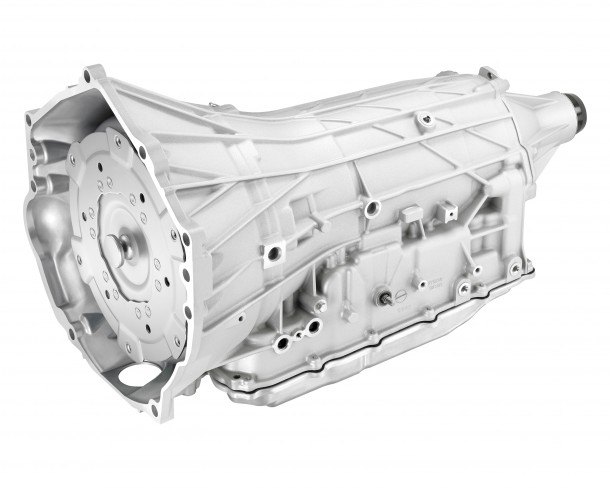












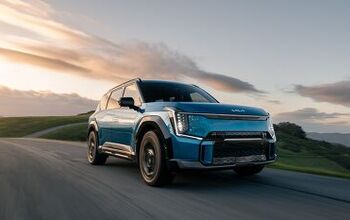
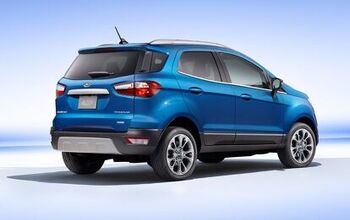



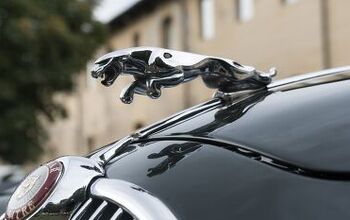

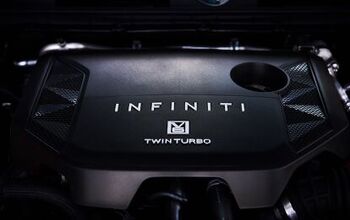
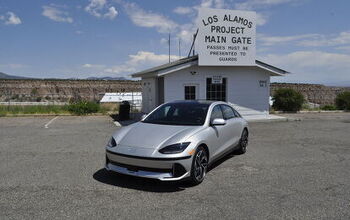
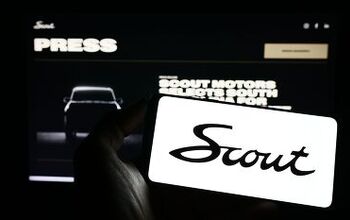

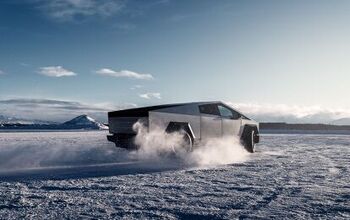

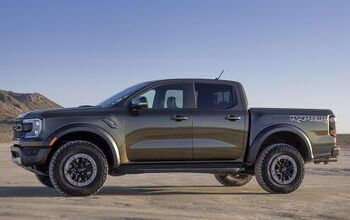

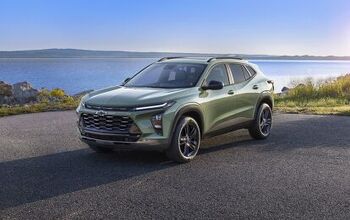
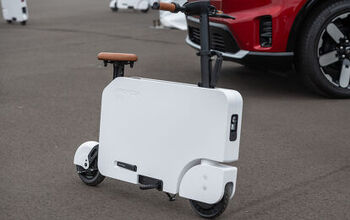
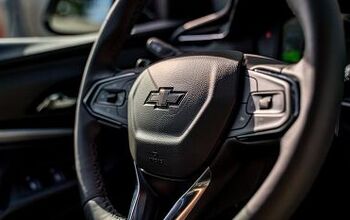
Comments
Join the conversation
Mark, you're killing me with the 911 disclosures. I'm about 3 drinks from a great time here. Thanks.
Given that these new transmissions have smaller gaps between gears, there are more times when multiple gears ought to be 'skipped,' such as multiple downshifts for acceleration or sudden changes in grade or upshifts after hard acceleration. While modern automatic transmissions do a lot of things very well, they annoy me how they progress through gears rather than just selecting the 'right' gear as you would in a manual. When I had an RX-8, accelerating onto the freeway would be in 2nd, and that would get me up to the speed limit, and then directly shift to 6th. Going through each intermediate gear is stupid. Do any of these new transmissions do that? When the computer decides a shift is needed, do they compute what the ideal gear would be and shift straight to it rather than move by one, check if it's right, then move by one again, etc?